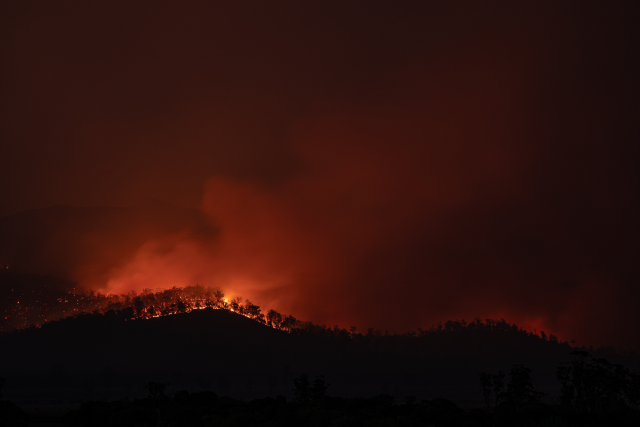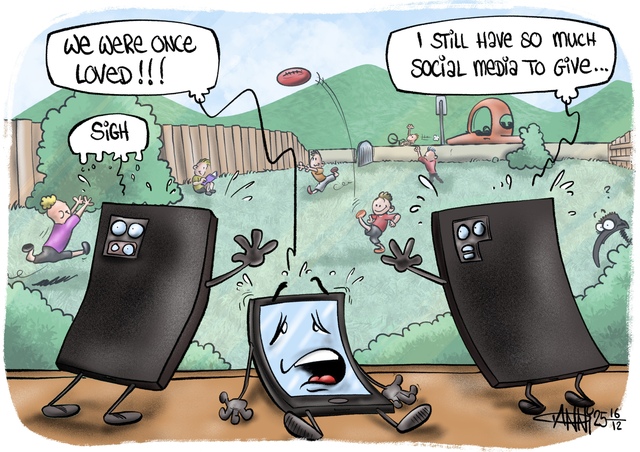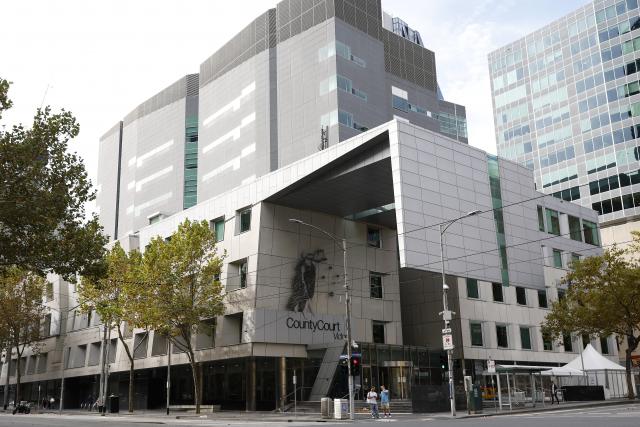Young people are eager to assist during times of natural disaster preparation and recovery but often have few opportunities to be involved, according to new research from Victoria University, in partnership with Youth Affairs Council Victoria.
Associate Professor Fiona MacDonald, who alongside VACvic looked at the experiences and views of young people affected by the Black Summer bushfires in 2019-20, found many felt overlooked during time of crisis.
“When young people are included in disaster management, there are benefits for themselves, their peers, community, and the environment. Yet as they increasingly seek opportunities to engage with issues that will impact them and their futures, they often find they are sidelined,” she said.
“Young people in the study reported they heard adults talking to them instead of with them, and not seeking their perspectives about what they needed to rebuild their own resilience for future events.”
She called for decision-makers to change the narrative about young people and to regard them as capable and constructive agents of change in their communities, instead of vulnerable and passive victims.
The research examined the success of a youth empowerment pilot program developed in regional Victoria with YACvic following the bushfires, which aimed to support, upskill and build confidence of young people through local advocacy projects.
Research from the program about ways young people can be better engaged during natural disasters recommended providing opportunities for young people to assist with rebuilding and clean-up to develop local skills and a sense of community contribution, ensuring government-funded youth workers and spaces are established in areas prone to natural disasters and ensuring young people are meaningfully included in governance committees that make decisions about disasters.
Prof MacDonald recommended government, community organisations and educational institutions establish formal structures to provide opportunities, alongside recognised training for young people to get involved across all levels of natural disaster planning and management.
More information about the study can be found at sciencedirect.com/science/article/pii/S2212420923000316?via=ihub







